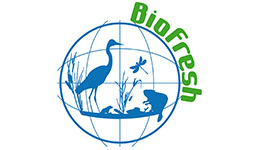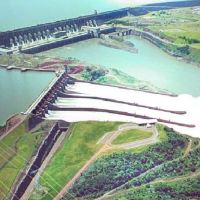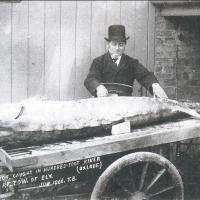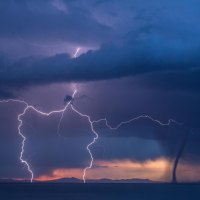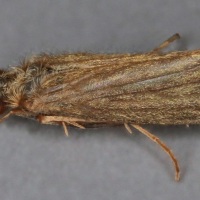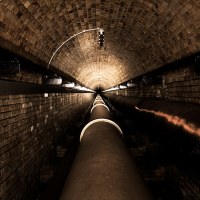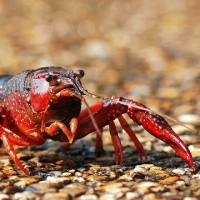SOLUTIONS research on chemical pollution on the Danube in Serbia

Installing the water sampling devices on the Danube. Image: SOLUTIONS
This week we feature two guest posts by scientists from MARS’ sister project SOLUTIONS. On Monday, we heard about the first SOLUTIONS General Assembly. Today, Werner Brack (UFZ Leipzig) and Ivana Teodorovic (University of Novi Sad) describe their research on chemical pollution on the River Danube in Serbia.
—
The River Danube is a truly international river which flows through ten countries across Central and Eastern Europe and has historically supported a wide range of freshwater species, yet is increasingly under pressure from pollution along its course. New research by the SOLUTIONS project on the Danube around Novi Sad in Serbia aims to find out how untreated wastewater pollution affects both the river ecosystem and drinking water supply from nearby underground aquifers.

Untreated wastewater in Novi Sad Image: SOLUTIONS
Researchers from the Helmholtz Centre for Environmental Research UFZ and the Faculty of Sciences from the University of Novi Sad sampled three large volumes of river water from the Danube upstream and downstream of Novi Sad. The sampling team, led by Jörg Ahlheim from UFZ applied a new Large-Volume Solid-Phase-Extraction device to take samples of about 1000 litres of water 200m upstream and 7 km downstream of the biggest wastewater effluent outflows. Each of the sampling sites were fishing areas, where contamination is likely to affect the safe consumption of fish and thus human health. Local fishermen kindly supported the sampling campaign with their infrastructure and helped in words and deeds. Thanks a lot for that support.
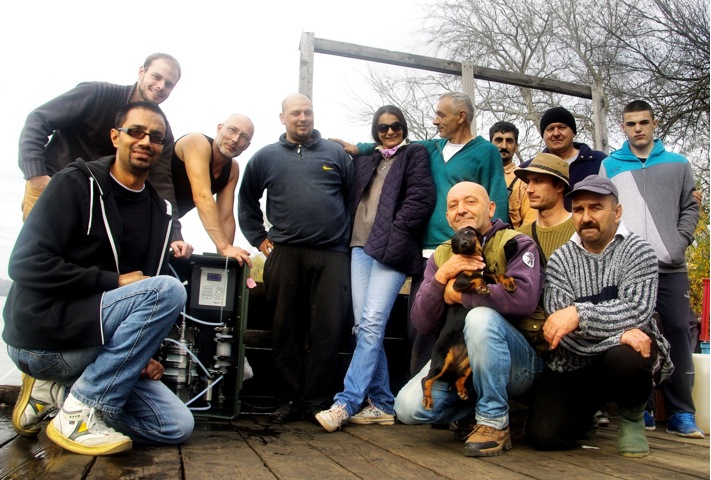
Local fishermen supporting the sampling team and Prof. Ivana Teodorovic (Faculty of Sciences, University of Novi Sad). Image: SOLUTIONS

Large-volume Solid Phase Extraction ‘Sputnik’. Image: SOLUTIONS
The new water sampling device has been developed by the UFZ together with the small enterprise MAXX in Rangendingen, Germany and successfully tested and applied on the Joint Danube Survey 3 in September 2013. The device allows for on-site extraction of large volumes of river water for subsequent chemical and toxicological analysis. This technology avoids the transport and storage of large water volumes, which reduces logistic efforts and the risk of contamination. Only the smaller sample cartridges – the scientists call them ‘Sputniks’ – are transported to the lab for freeze-drying and subsequent extraction of chemical materials using solvents.
The extracts are awaited by a number of SOLUTIONS partners, who are tasked with developing a suite of effect-based tools – those which focus on the effects of mixed chemical ‘cocktails in freshwaters – which should help water agencies in Europe improve their monitoring of contamination and avoid unknown toxicants being overlooked. The samples from Novi Sad represent an interesting gradient of chemicals that will help to validate the tools.
To this end, the laboratories involved will investigate these samples for a large range of toxicological endpoints relevant for human and ecosystem health, such as toxicity to algae and fish embryos, mutagenicity (i.e. the process of mutation), adaptive stress responses and multiple hormone-like effects. At the same time the samples will be chemically screened for several hundred water contaminants to complete the picture on contamination.

Sandor Sipos (Faculty of Sciences, University of Novi Sad) and Jörg Ahlheim (UFZ) sampling downstream of Novi Sad. Image: SOLUTIONS
Arslan Kamal, a PhD student at the UFZ, and Sven Seidensticker from the RWTH Aachen plan to go one decisive step further, supported by experts on effect-based tools from SOLUTIONS. Combining biological and chemical tools, Kamal and Seidensticker want to stepwise reduce (i.e. through a gradual progression) the chemical complexity of the samples and identify those chemicals causing effects in bioassays (lab-based experiments to study the effect of chemicals on cells or tissues).
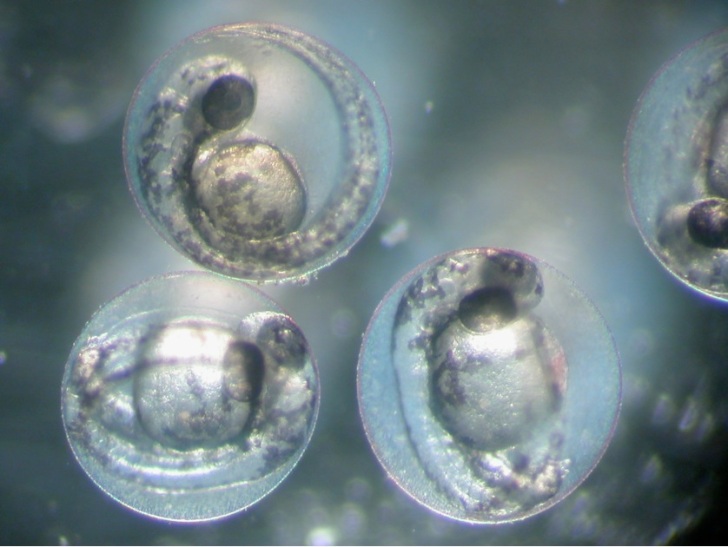
Bioassays: zebrafish embryos are an excellent tool to study the effects of aquatic toxicants. Image: SOLUTIONS
This approach is called effect-directed analysis and is designed to establish cause-effect relationships between chemical pollution and ecosystem response. Identification of particularly problematic compounds in aquatic environments is one of the key tasks for SOLUTIONS. All the information collected in this first campaign of sampling and analysis will provide the basis for in-depth ecological studies in 2015, when it is planned to also investigate fish and invertebrates in the river for adverse effects.
In order to inform the local population on SOLUTIONS and the goals of the project sampling campaign, Serbian TV filmed the sampling and interviewed Prof. Ivana Teodorovic from Faculty of Sciences and Dr. Werner Brack (UFZ), the coordinator of SOLUTIONS (video above). In a meeting with Serbian stakeholders both scientists explained the concepts of the project to representatives of national, provincial and city authorities for science and environment as well as water management companies.
For them the approach is of twofold interest. They appreciate the participation and active scientific role of a Serbian group in the leading European project on emerging pollutants. But they are also interested in the results on the water resources they want to protect particularly against the background of a planned wastewater treatment plant, which still needs funding to be realised. The SOLUTIONS investigations before the realisation of this plan will be a helpful basis to evaluate its success.

The sampling team from Germany (from left to right): Jörg Ahlheim (UFZ), Werner Brack (UFZ), Arslan Kamal (UFZ), Sven Seidensticker (RWTH). Image: SOLUTIONS


